4 Indian Recipes To Keep You Warm and Healthy This Winter
As the season changes, we must turn to nature and look at what it has to offer us, because it knows best how to prepare us for the upcoming season. Our grandparents till date, change their food choices as the seasons changed. They would ideally start to prepare warming foods that fit the winter season and cooling foods that would fit the summer season.
The food you eat during this particular season plays a huge role in getting you through the winters with minimal health issues. We may have the warmest of clothes to wear during winters, but is your inner shield, i.e. your immunity, strong enough? A strong immunity in winter is not just to prevent us from falling sick, but also to maintain your skin, hair and joint health. Individuals with arthritis dread winters, because as the temperatures dip, their joint pains increase. Similarly, skin dryness, eczema and psoriasis breakouts get worse during winters.
Here are top 4 homely Indian recipes to keep you warm and healthy this winter season.
- Panjiri
Panjiri is an Indian seasonal staple which primarily originated from the Punjab region. It is traditionally made out of whole wheat flour and heavily laced with nuts, seeds and edible gum. It is often treated as a nutritional supplement during winters to ward off the cold.Considered as a “heaty food”, it helps promote lactation and is usually given to nursing mothers. Panjiri also has religious significance as it is offered as a prasad to the Lord.
With winters, several infections and allergies too, make their way into our lives. There is immense wisdom in traditional recipes made by our grandmothers to overcome these seasonal health challenges. The region of Punjab proudly owns this super nutritious, immunity-boosting recipe, Panjiri.
Ingredients:
- 1 cup khapli/emmer wheat flour
- 1 cup sattu flour
- ½ cup almonds (badam)
- ¼ cup unsalted pistachios
- ½ cup edible gum (gond)
- ¼ cup mix of pumpkin and melon seeds (pre-soaked, dried and powdered)
- 1 cup powdered jaggery (gud)
- ½ tbsp ginger (saunth) powder
- 1 tsp fennel (saunf) powder (fennel seeds powder)
- 1 tsp cardamom (elaichi) powder
- Few strands of saffron (kesar)
- 1/2 cup A2 ghee
- 1/4 cup roasted foxnut (makhana) powder
Method:
- Heat 2 – 3 tbsp of ghee and roast the gond (edible gum). As it swells up, remove and keep it aside.
- Once it cools down to room temperature, blend it to make a coarse mixture.
- Now, in ½ cup ghee, roast whole wheat flour and sattu flour on low flame, stirring in between.
- Once it is golden in colour and aromatic, turn off the flame.
- Add jaggery powder, nut powder, ginger powder, elaichi powder, saunf powder, makhana powder, and saffron.
- Mix well. Your Panjiri is ready!
Notes:
- It stays fresh in airtight containers for 2 to 3 weeks.
- You can also add some grated or chopped coconut.
- Once it is ready, we can further grind the entire dish to a smooth consistency and give it to children.
- It is the best nutritional supplement for children and can be made more interesting by rolling it into laddoos as well.
Panjiri (Gluten-Free)
Ingredients:
- 1 cup sattu flour
- 1 cup finger millet (ragi) flour or steel-cut oats
- ½ cup ethically sourced A2 ghee
- Mixed nuts – almonds and unsalted pistachios (those with a nut allergy can skip this)
- 1 tbsp sesame (til) seeds, roasted and powdered
- 1 tbsp pumpkin seeds
- 2 tbsp edible gum (gond), fried and coarsely powdered
- 1 tbsp ground flaxseed (alsi) powder
- ¼ cup foxnuts (makhana), roasted and powdered
- 1 tsp ginger (saunth) powder
- 1 tsp cardamom (elaichi) powder
- 1 cup organic jaggery (gud)
- ¼ tsp fenugreek (methi) seed powder
Method:
- Grind roasted oats into a powder.
- Separately grind the nuts and seeds (pre-soaked, dried and powdered) and keep it aside.
- Take 1 tbsp A2 ghee in a pan, roast the makhanas, and powder it once it cools down, and then, set it aside.
- In a pan, add the remaining ghee, oats powder and sattu flour. Stir it well till a mild aroma is released and the mixture turns semi brown in colour.
- Add nuts and seeds, ginger powder, gond, cardamom powder, crushed makhanas, sesame seeds powder, ground flax and methi powder too.
- Stir in all the ingredients well on slow gas for 3 minutes.
- Turn off the gas.
- Add jaggery powder and mix well.
- Allow the mixture to cool down.
- Store in airtight containers.
Variations:
- One can add amaranth flour or roasted poha powder in place of the ragi flour.
- Sattu flour can be replaced by moong flour too.
- For sweetness, one can also consider date palm jaggery.
- Adding grated coconut will further enhance the taste and flavour.
- Use it in porridge form, or add it to milk, or roll it into small ladoos.
- One can also make pancakes by adding almond milk!
Notes:
- Panjiri is a winter immunity booster.
- It is anti-inflammatoryand is often eaten in winters to replenish and strengthen the body.
- Having panjiri after a delivery is extremely helpful for a new mother, as it has healing properties and also stimulates lactation.
- The ingredients used to make panjiri have adaptogenic properties that help the body in repairing and healing itself.
- Panjiri is rich in calcium, iron, protein, healthy fats, and fiber.
- Ragi Porridge or Raab
Porridge is a traditional and staple food in many countries and is usually consumed for breakfast using different grains. It is a mushy bowl of cooked pre-soaked grains that tastes delicious.
Ingredients:
- 4 tbsp pearl millet (bajra) flour or finger millet (ragi) flour
- 2 tsp ethically sourced A2 cow ghee
- 1 tsp carom seeds (ajwain) powder
- ½ tsp cumin seeds (jeera) powder
- 2 tbsp jaggery (gud) powder
- ½ tsp salt
- 1 tsp dry ginger powder (saunth)
- 2 cups of water
- 1 tbsp chopped nuts and seeds, as per choice
Method:
- Heat ghee in a small pan.
- Add bajra flour or ragi flour and roast it in ghee for 2 – 3 minutes.
- Once the flour is well roasted and starts releasing aroma, add jaggery, salt, ginger powder, ajwain, jeera powder, and water.
- Mix well to ensure that there are no lumps and the jaggery is completely dissolved in water.
- Bring it to a boil and continue to cook on low heat for another 3 to 4 minutes.
- Turn off the gas.
- Serve hot and garnish with chopped nuts and seeds.
Notes:
- This porridge is rich in complex carbohydrates and thus provides lasting energy that is slowly released throughout the day.
- It is rich in iron and fibre.
- The high phosphorus content in porridge helps in muscle recovery after an extensive workout session.
- It is rich in antioxidants, insoluble fibre, B- vitamins, potassium, and magnesium.
- It can be relished by all age groups including infants.
Variations:
- One can add nuts and seeds as per choice.
- Jaggery can be replaced by date palm jaggery or raw honey; however, make sure you add raw honey only after switching off the gas.
- One can add a sprinkle of Ceylon cinnamon and nutmeg.
- Adding raisins helps add extra taste and flavour.
- Sarson ka saag (Mustard greens)
Sarson ka saag is a popular vegetarian winter delicacy from the northern region of the Indian subcontinent. It is made from mustard greens (sarson) and spices such as ginger and garlic.It is often served with makki (corn) roti and topped with a dollop of fresh white butter. It is a perfect warming food for winters.
Ingredients:
- 2 bunches of mustard greens (sarson)
- 1 bunch of cleaned chopped spinach (palak)
- 1 bunch of goosefeet (bathua)
- ½ cup radish or turnip, chopped with leaves
- 1/3 cup fresh fenugreek (methi) leaves, finely chopped (optional)
- 2 medium onions (pyaz), chopped
- 6 – 7 cloves of garlic (lehsun), chopped
- 1-inch fresh ginger (adrak), finely chopped
- 1 green chilli (mirch)
- 2 medium sized tomatoes, chopped
- ½ tsp red chilli powder
- ½ tsp garam masala
- ½ tsp coriander powder
- Salt, as per taste
- 2 cups of water
- 2 tbsp sattu flour
For the tempering (tadka):
- 2 tbsp ethically sourced A2 ghee
- 3 cloves of garlic, chopped
- 1 dried red chilly
- Pinch of asafoetida (hing)
Method:
- Clean, wash, and chop the greens well.
- In a pressure cooker, add the greens, chopped onions, ginger, garlic, and green chilli.
- Add tomatoes, radish, red chilli powder, coriander powder, garam masala, and salt.
- Now, add water and pressure cook for 4 to 5 whistles.
- Open the pressure cooker and puree the saag using the blender. You can make a coarse paste or a super fine paste as per choice.
- Now, take a pan, transfer the saag to it and add 2 tbsp of sattu. This will help the saag to thicken.
- Let it cook well on slow flame for another 20 minutes.
- Once it thickens and cooks well, start to prepare the tadka.
- In a pan, add A2 ghee, garlic, dried chilli, and hing.
- Transfer this mix to the saag.
- Stir and mix well.
- Serve hot with any roti or flatbread of your choice.
- Add a dollop of ghee or home-made butter as per choice and preference.
Variations:
- One can add A2 paneer or vegan paneer to enhance the taste.
- Adding chicken or rajma beans will give it a punch of protein.
- Use greens as per choice and availability.
- Make sure you wash the greens really well. Use this veggie DIY wash!
Notes:
- The mustard greens are highly nutritious and possess anti-cancer nutrient properties and are also rich in vitamins A, C, and K.
- Spinach is rich in fibre and magnesium.
- Ginger and garlic have anti-inflammatory benefits.
- The dish overall is rich in antioxidants and phytonutrients.
- Rotate the greens as per choice and availability, as each one possesses its own uniqueness.
- Undhiyu:
Traditional Surti Undhiyu gets its name from the term ‘undhu’, which means ‘upside down’ in Gujarati. It has its origins in the Umbadiyu, a dish that farmers cooked in an earthen pot buried in the earth and set on fire.
It is a special winter preparation, wherein most of the ingredients that go into making an undhiyu comprise of seasonal root vegetables.We also have our healthy interpretation of the Undhiyu which can be prepared in a pan or the pressure cooker too.
Ingredients:
For green masala:
- 2 cup chopped coriander leaves
- 2 tbsp sesame (til) seeds
- ½ tsp bishops weed or carom seeds (ajwain)
- 1 tbsp ginger paste
- 3 tbsp chilli paste (optional)
- ½ cup chopped green garlic
- 1 tbsp garam masala
- 2 tbsp grated coconut
- 3 tbsp coriander powder
- 1 tbsp jaggery powder
- Salt as per taste
For methi muthiya:
- 1 cup fenugreek leaves (methi)
- 1 cup sorghum (jowar) flour
- 2 tbsp gram flour (besan) or sattu flour
- ½ tbsp red chilli powder
- 2 tsp lemon juice
- Salt to taste
- ½ tbsp jaggery
- Water as per need
- 1 tbsp cold-pressed coconut oil
- 100 gm hyacinth bean or lablab or field beans (surti papdi)
- 100 gm peas (papdi dana), as per availability (broad bean seeds)
- 8 – 10 baby brinjals or egg plants (baingan)
- 100 gm boiled yam (ratalu)
- 100 gm boiled sweet potato (shakarkandi), cubes
Method:
- For methi muthiya, take a bowl, add jowar flour, besan, chopped methi, salt, red chilli powder, jaggery, oil, lemon juice, water and mix well.
- Keep the mixture slightly sticky, so that the methi muthiya remains soft after cooking.
- Apply some oil in your hand and shape the muthiya like dumplings and steam them in a cooker.
- Keep aside.
- For green masala, take a bowl, add coriander, green garlic, chilli paste, ginger paste, coriander powder, sesame seeds, garam masala, grated coconut, jaggery, lemon juice, salt, and mix well.
- For undhiyu, clean the surti papdiand papdi dana by rinsing it very well.
- Take a pan; add 1 tbsp oil, ajwain and a pinch of hing.
- Add brinjal, yam, sweet potato, 3 tbsp green masala and ½ cup water.
- Cover the pan with its lid and cook on medium flame for 10 – 15 minutes.
- Once the brinjal is soft and cooked well, add papdi, papdi dana, and cook for another 10 minutes.
- Lastly, add steamed methi muthiya and green masala along with ½ cup water and cook for 7 to minutes on a slow flame.
- Once the vegetables are cooked well, and begin to release the aroma, switch off the gas.
- Garnish with fresh coriander, grated coconut and green garlic, if available.
Variations:
Undhiyu has a good amount of root vegetables which are not consumed by Jains. So, one could substitute it with a mix of raw banana and bottle gourd (dudhi/ lauki).
Notes:
- The variety of beans used in this recipe makes it rich in fiber, protein, folate, and B vitamins.
- Yam and sweet potatoes are rich in antioxidants and possess anti-inflammatory properties.
- Green garlic contains allicin and manganese and is highly antiviral and antibacterial in nature.
- Relish and enjoy the most favourite Gujarati signature winter dish with bhakri, thepla, roti, and even puris.
Also read, Warm-up your Winter!
|
From a pimple to cancer, our You Care Wellness Program helps you find a way Talk to our integrative team of experts today 18001020253 |


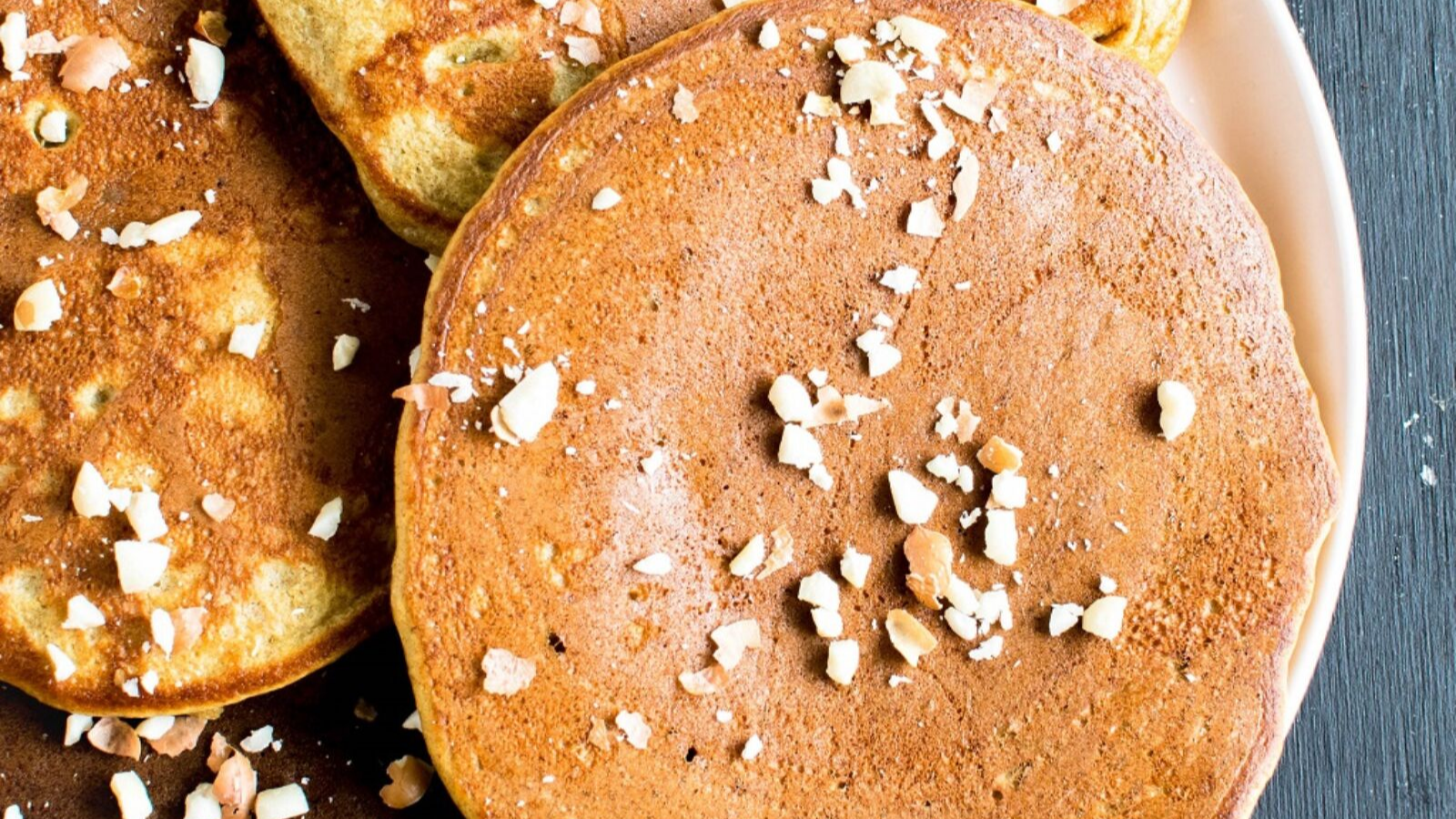
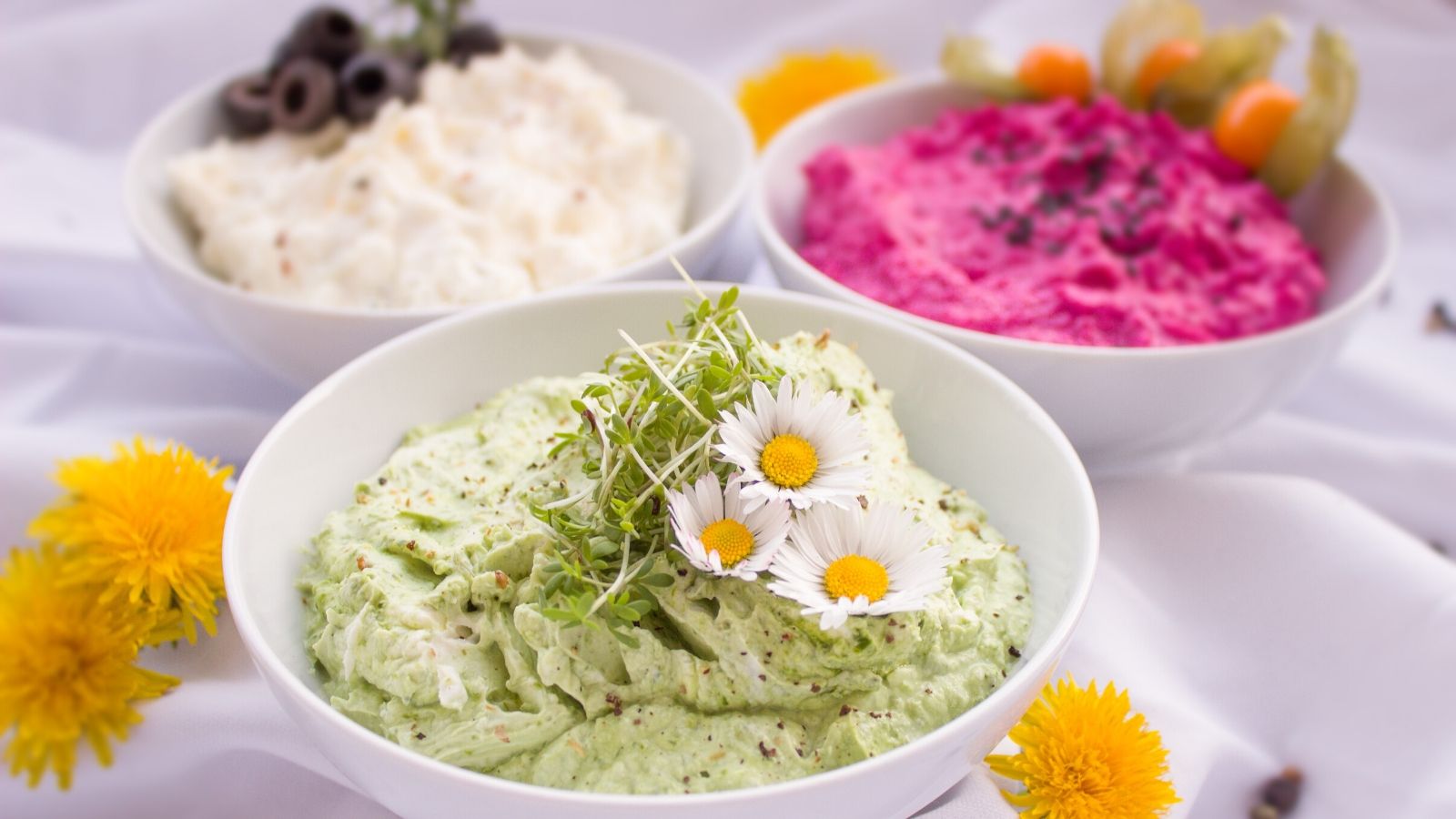
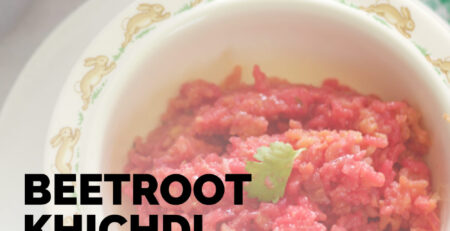
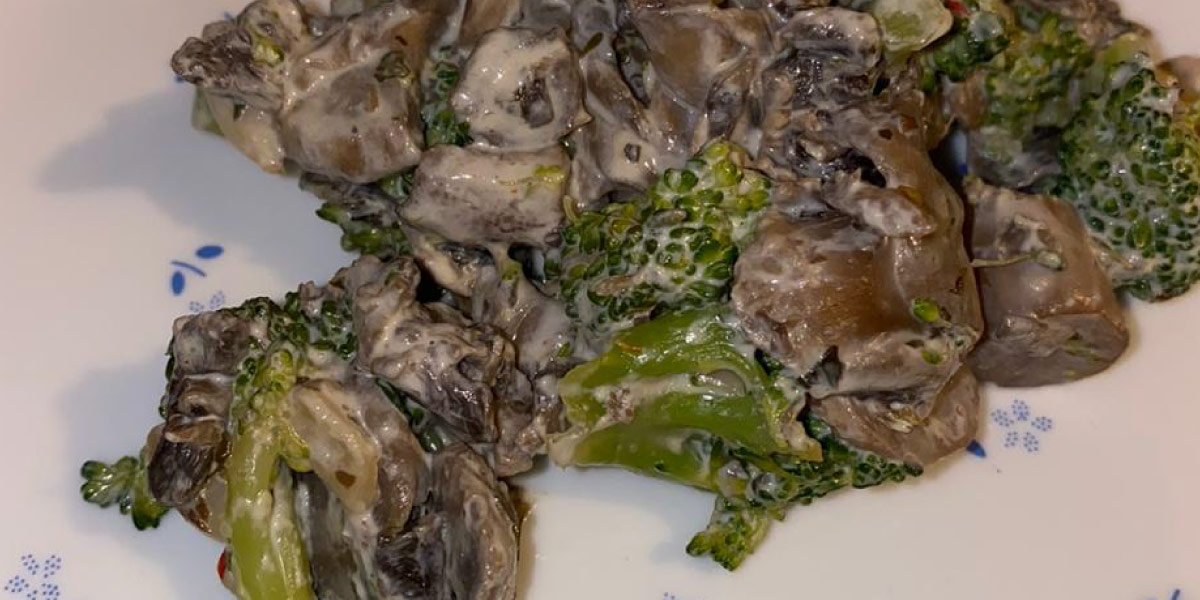
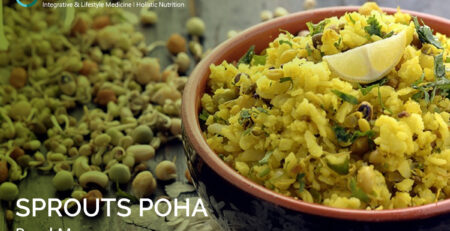

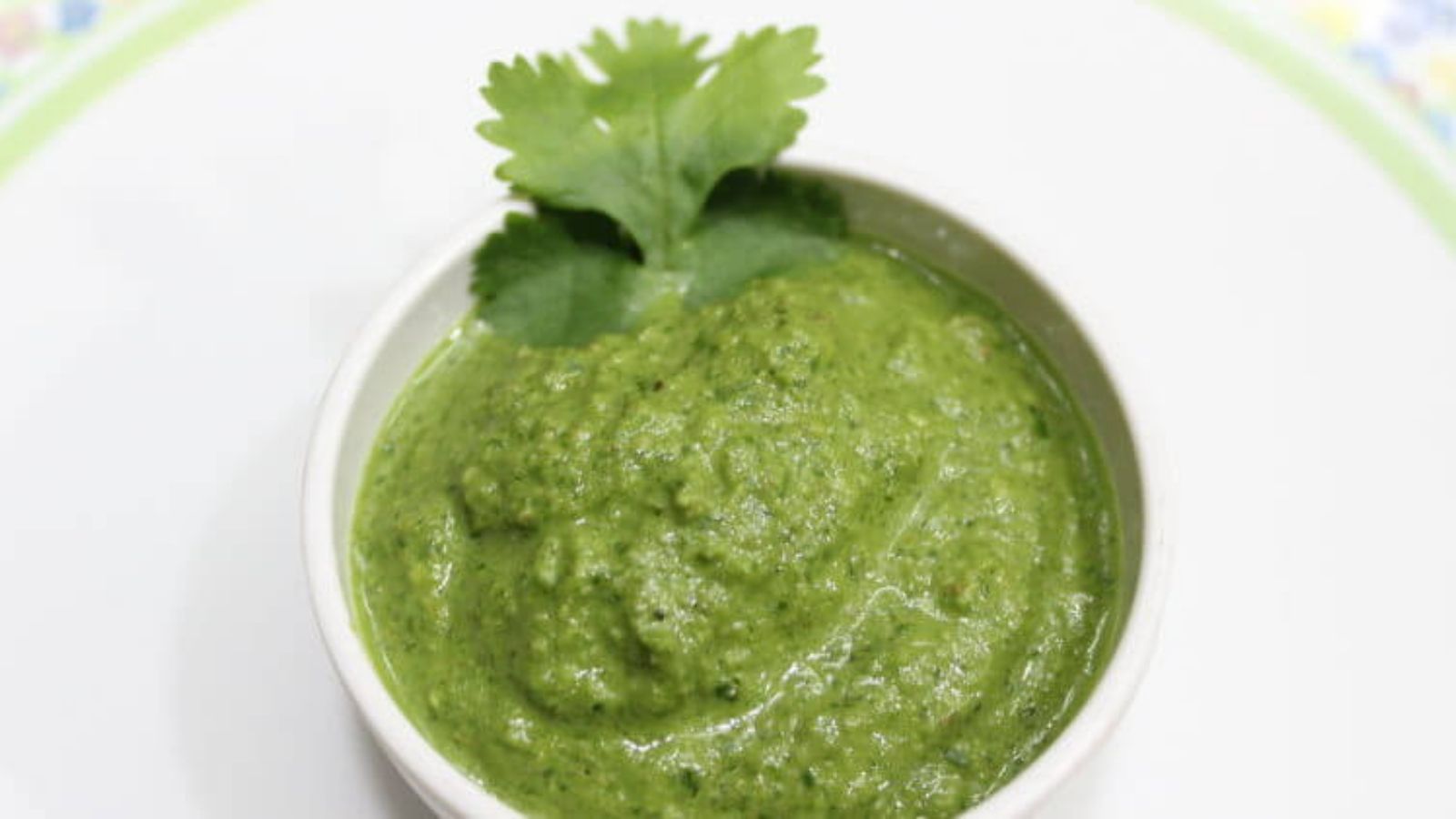

Leave a Reply